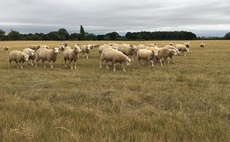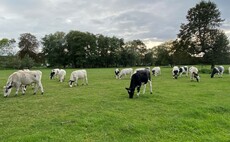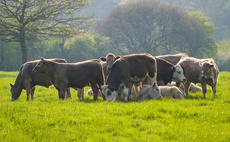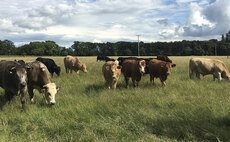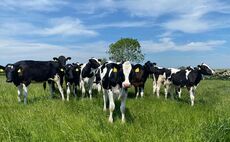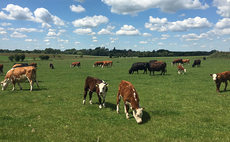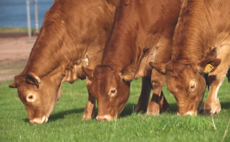Beat the Parasites
Beat the Parasites
Housing is an ideal time to assess liver fluke and protect productivity over winter.
Beat the Parasites
The mid-summer rise in parasite numbers can cause significant worm burdens and production loss if left unmanaged.
Beat the Parasites
Pasture management is one of the most effective ways to reduce parasite load in cattle, and some alternative paddock and grass-utilisation strategies can also be useful in overall parasite management.
Beat the Parasites
A lack of forward planning can make parasite control more difficult, so take time this winter to prepare for worm and fluke control at turnout and the coming grazing season.
Beat the Parasites
Assessing cattle for worm burdens before using a wormer can save money and time, as well as prevent unnecessary treatments that can drive wormer resistance.
Beat the Parasites
Assessing cattle for worm burdens before using a wormer can save money and time, as well as prevent unnecessary treatments that can drive wormer resistance.
Beat the Parasites
Pasture management is an essential component of parasite control, particularly because it is estimated that 95 percent of parasites are on the pasture and only 5 percent are present in the animal.
Beat the Parasites
The increasing threat of lungworm to dairy herds means producers need to take extra care to manage the parasite and be alert to early signs of disease to prevent unnecessary loss of production.
Beat the Parasites
Young cattle are at risk from the mid-summer rise in parasite larvae on pasture, unless effective control strategies, including pasture management, monitoring and targeted treatment if required, have been implemented.
Beat the Parasites
Turnout provides the chance to minimise parasite challenge to youngstock, thereby reducing the impact of parasites on weight gain, growth and fertility, says Sioned Timothy, technical services manager at Boehringer Ingelheim Animal Health.
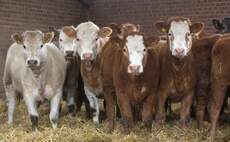
 27 June 2023
•
4 min read
27 June 2023
•
4 min read
